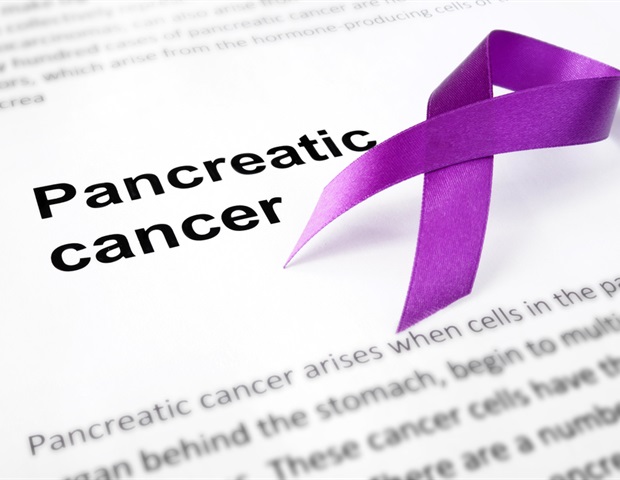
Digestive system malignancies (DSMTs)-including esophageal, gastric, colorectal, liver, and pancreatic cancers-represent a serious public well being problem in China. A current nationwide epidemiological research by Hu et al., revealed in eGastroenterology, analyzed tendencies from 2004 to 2021, revealing advanced patterns of burden and survival. Whereas progress has been made in lowering mortality from some cancers, the general influence stays vital, with notable disparities throughout demographic and geographic strains. Beneath are the important thing findings:
Declining mortality from main DSMTs
Age-standardized mortality charges (ASMRs) for esophageal, gastric, and liver cancers considerably declined over the 18-year interval: (i) esophageal most cancers: ASMR declined with a mean annual proportion change (AAPC) of −4.30%; (ii) Gastric most cancers: ASMR decreased at an AAPC of −4.14%; (iii) Liver most cancers: ASMR dropped with an AAPC of −2.58% . These enhancements are attributed to enhanced public well being insurance policies, early screening applications, higher management of threat elements like Helicobacter pylori (H. pylori) and hepatitis B virus, and socioeconomic improvement.
Rising burden of colorectal and pancreatic cancers
In distinction, colorectal and pancreatic cancers confirmed a troubling improve: (i) Colorectal most cancers: Crude mortality rose with an AAPC of three.59%; (ii) Pancreatic most cancers: Each crude and age-standardised mortality elevated, with AAPCs of 5.72% and a pair of.71%, respectively. These rises are partly linked to westernised diets, elevated alcohol consumption, sedentary existence, and late-stage analysis.
Life expectancy and cause-eliminated life expectancy (CELE) improved
Between 2004 and 2021, common life expectancy in China elevated by 4.4 years. Importantly, when deaths from DSMTs had been hypothetically eradicated, life expectancy (CELE) would rise by 4.06 years, underscoring the numerous well being influence of those cancers. The positive aspects had been extra pronounced in rural areas and amongst males, suggesting enhancements in well being fairness but in addition highlighting areas the place additional efforts are wanted.
Gender, geographic, and socioeconomic disparities
Males had constantly increased untimely mortality, potential years of life misplaced (PYLL), and age-standardised mortality from DSMTs in comparison with girls: (i) Whole PYLL: 16.3 million person-years for males vs. 5.4 million for ladies; (ii) Common years of life misplaced (AYLL): 14.64 years for males vs. 13.52 years for ladies. These gaps replicate increased smoking and alcohol use amongst males and delayed health-seeking behaviours.
Rural residents bore a disproportionate burden: (i) Rural areas accounted for 15.1 million PYLL, greater than twice that of city areas (6.6 million); (ii) Pancreatic most cancers ASMR rose steeply in rural areas (AAPC = 4.62%). Restricted entry to high quality healthcare and later-stage diagnoses contribute to those outcomes.
Most cancers burden various broadly by area: (i) Jap areas confirmed vital reductions in esophageal, gastric, and liver cancers; (ii) Western areas, whereas enhancing, had increased AYLL values, indicating later analysis and poorer therapy entry; (iii) Pancreatic and colorectal cancers elevated extra sharply within the west and central areas.
Contributing elements
(i) Screening and Early Detection: Authorities-led screening initiatives since 2005 have improved early analysis charges. Focused programmes in high-incidence areas, together with the Huaihe River Basin and Anyang, have been notably efficient for esophageal most cancers. (ii) Vaccination and Danger Issue Management: The introduction of the hepatitis B vaccine into China’s nationwide immunisation programme in 2002 has performed a key function in lowering liver most cancers charges. Different enhancements embody higher meals security, diminished aflatoxin publicity, and widespread H. pylori eradication. (iii) Westernization of Life: As financial situations improved, dietary patterns shifted in the direction of excessive fats, low fibre diets with elevated meat consumption. These adjustments are linked to the rising incidence of colorectal and pancreatic cancers. Sedentary existence, weight problems, smoking, and alcohol abuse additional exacerbate threat, particularly in youthful populations. (iv) Diagnostic Advances: Developments in imaging technologies-CT, MRI, and nuclear magnetic resonance-have enhanced the detection of pancreatic most cancers, although late presentation stays widespread.
In conclusion, whereas progress has been made in lowering mortality from a number of main digestive cancers, the rising burden of colorectal and pancreatic cancers, particularly amongst rural and male populations, indicators a shift in China’s most cancers epidemiology. Future efforts should concentrate on well being fairness, major prevention, and early detection to maintain and broaden current positive aspects in life expectancy. As China advances in the direction of the objectives of the “Wholesome China 2030” initiative, complete most cancers management stays a cornerstone of public well being development.
Supply:
Journal reference:
Hu, T., et al. (2025) Burden of digestive system malignancies and its influence on life expectancy in China, 2004–2021. eGastroenterology. doi.org/10.1136/egastro-2024-100148.